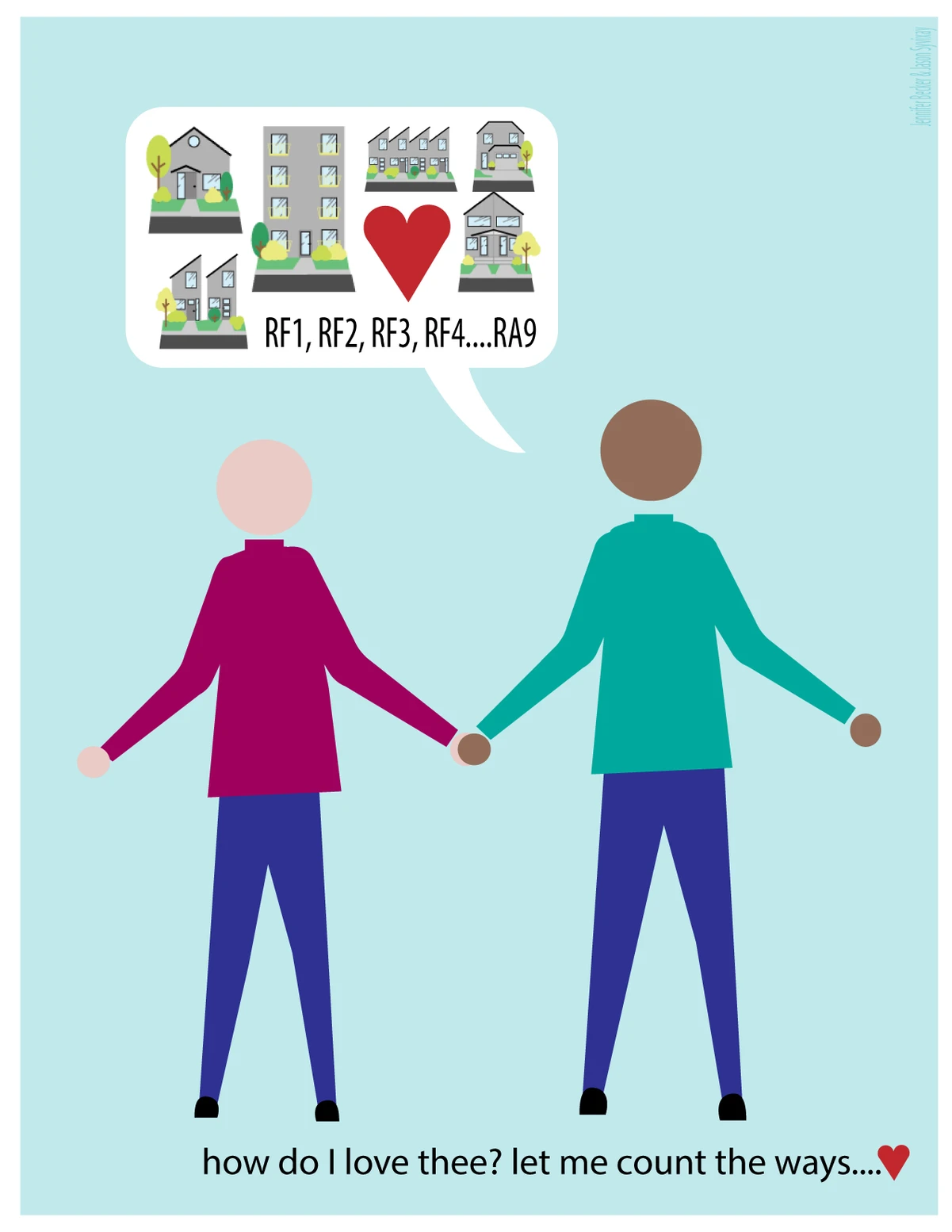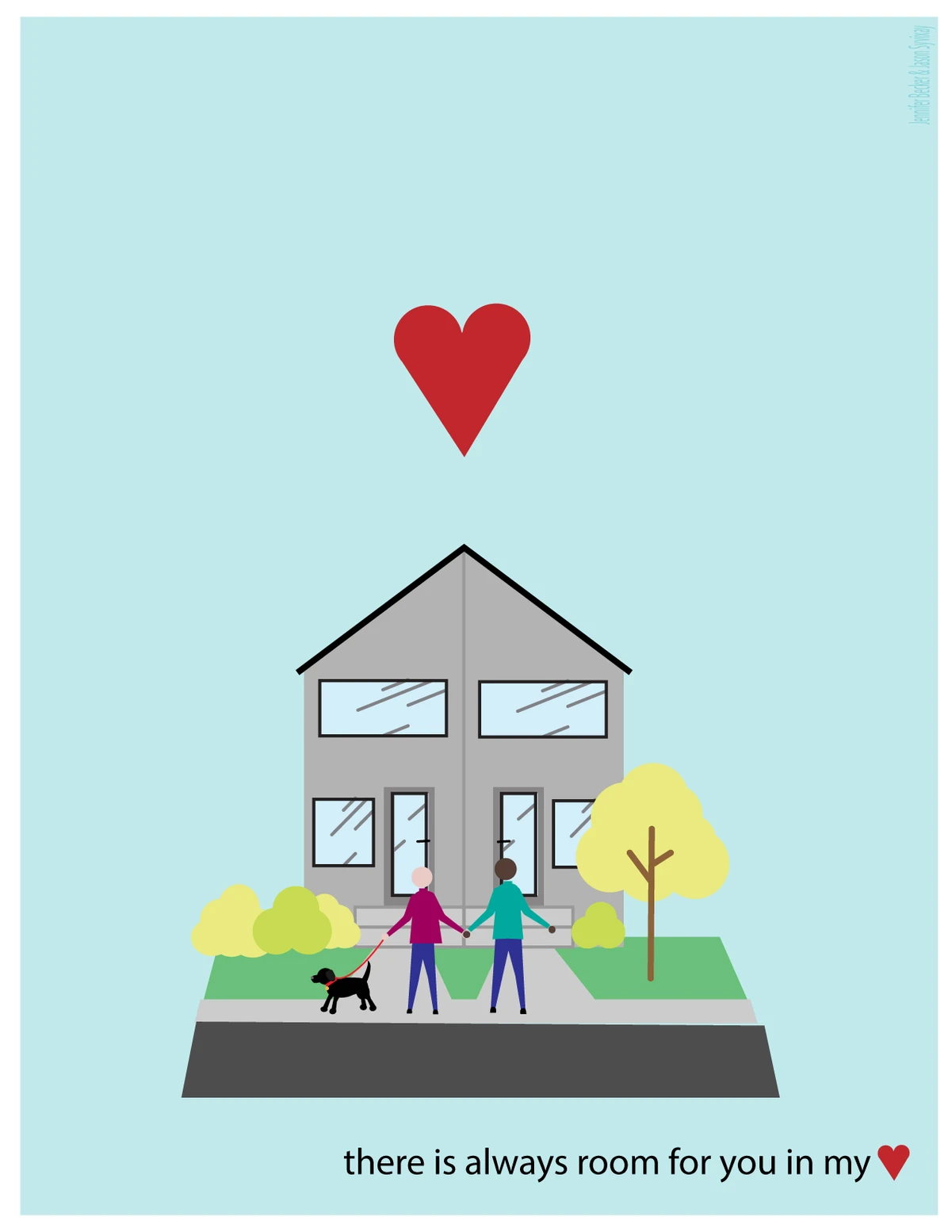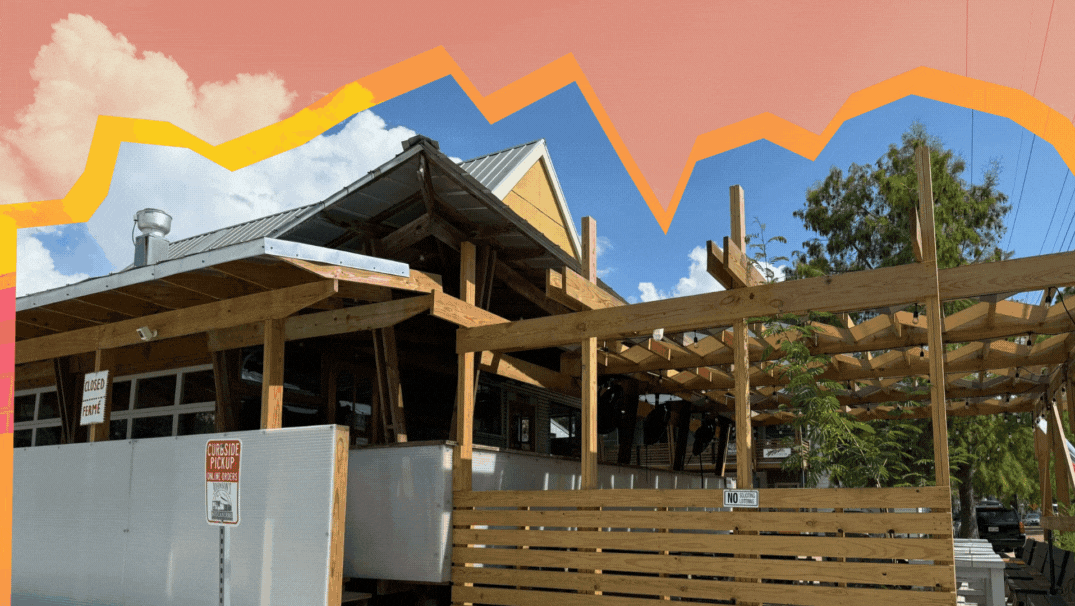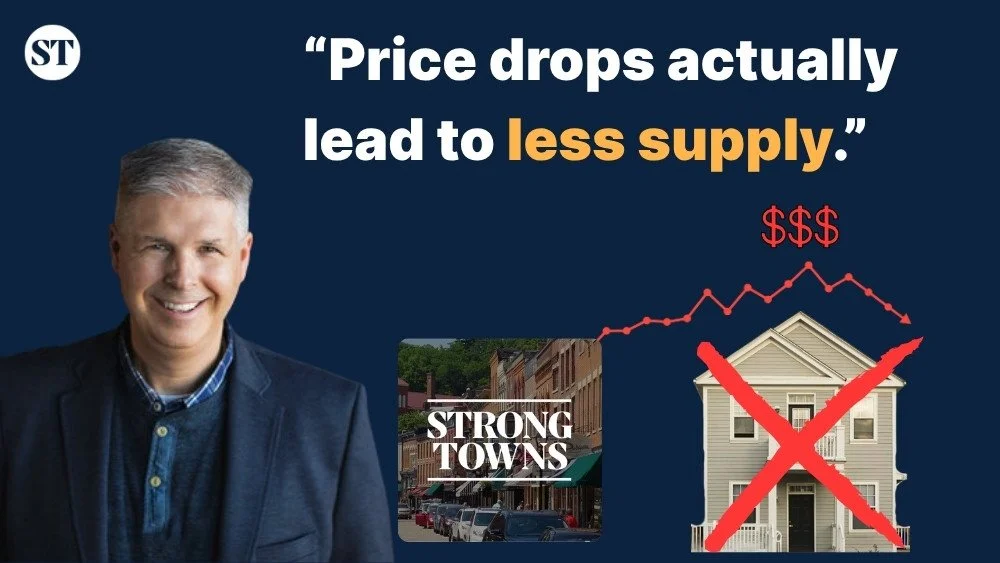You’re My (Housing) Type: A Valentine’s “Infill Housing Love Letter” Campaign
A note of appreciation used in a Valentine’s Day “infill housing love letter” campaign in Winnipeg, MB. (Image used with permission of YIMBY Winnipeg and Jason Syvixay/Jennifer Becker.)
Valentine’s Day is just around the corner, and it’s the perfect time to highlight one of my favorite love stories. In it, a small-but-mighty pro-housing group decides to change the tone of my city’s (Winnipeg, Manitoba) heated infill debate, one love letter at a time.
First, a little background on the local context. Like many cities across North America, Winnipeg has been having infill growing pains. (Not familiar with the term “infill”? Basically, it’s the process of adding new housing into a previously developed neighborhood, making better use of already-built road and pipe infrastructure, increasing housing options, and adding more residents to support local businesses and institutions like schools and community centers.)
Anyway, here in Winnipeg, one neighborhood, Glenwood, stands out as a bit of a poster child for infill and the backlash against it. It’s hard to find a better example of the consequences of creating an expectation that a neighborhood will always look exactly the same.
From an infill potential perspective, the Glenwood neighborhood had two key things going for it: a decent amount of affordable but aging housing stock in need of replacing, and lot sizes that, according to the zoning bylaw, were wide enough to split in two. Glenwood was one of only a few areas of town that had this combination of factors present, making it a natural and highly desirable target for infill. It was a textbook illustration of what Daniel Herriges described in his post on healthy neighborhood change:
What happens when we rule most neighborhoods off limits to even the kind of gradual changes that would have been common in another era, such as the addition of a granny flat or corner store, or conversion of a home to a duplex? We end up funneling a whole region's worth of demand for new buildings to the handful of neighborhoods where that demand is permitted to be met.
After several years of concentrated infill activity, neighbors were upset for many reasons. With more than a hundred lot splits in just a few years, there was constant construction, a loss of trees and greenery, and a perceived mismatch of the new homes with existing neighborhood character. Tempers flared, residents called for a moratorium on further infill. During this time, residents made dozens (if not hundreds) of appearances at city hall, opposing development applications. Their city councilor even considered asking for a heritage designation to help slow down the pace of change in the working-class neighborhood, contrasting it to wealthier areas and noting that "you shouldn't be able to buy your way out of having your neighborhood subject to infill.”
It’s hard to disentangle all the different concerns that were being raised. On one hand, there were some classic “bad party” factors at play. When a lot previously held one single-family home and now it holds two duplexes (and multiply this many times), there may well now be more cars competing for parking space, and more traffic. Others were based on aesthetics and were more subjective. But what was indefensible was that a lot of the opposition seemed to be against the actual people who live or would eventually live in these homes, with anti-renter and anti-newcomer sentiment being prevalent.
I’m not here to say whether what happened in Glenwood was right or wrong. I personally like the look of most of the new homes, and change is an essential part of a healthier and more financially sustainable city. But I think it’s also fair to say that the amount of infill that’s happened there qualifies as the kind of “sudden, radical change” that no neighborhood should experience. And when I think about things that way, it’s a little easier to grant the folks that oppose infill some understanding and empathy.
But all that said, who thinks about the feelings and concerns of the people who live in the new infill homes? Is it fair that they are subject to endless insults about their homes (popular ones include monstrosity, shoddy, and eyesore) and accusations of destroying the neighborhood? Or to have aspersions cast on their characters simply by virtue of their housing choice?
It was against that background that YIMBY Winnipeg, a grassroots pro-housing group, decided to do something positive to counteract all the ugly rhetoric. While much of YIMBY’s advocacy focuses on influencing zoning policy (a big, long-term effort), this initiative was a simple, feel-good one aimed at connecting with residents on a really personal level.
They decided to drop off notes of appreciation and support to Glenwood’s many new infill homes, in a Valentine’s Day “infill housing love letter” campaign.
The campaign built off the previous efforts of infill-loving Glenwood residents, which had in turn been inspired by Edmonton city planners Jason Syvixay and Jennifer Becker, who created a range of fun and playful valentines based on housing-themed wordplay in 2019. They wrote, “We designed these cards as an alternative and fun way to celebrate Valentine’s Day. We’re inspired by the ideas that people have for their city and thought we could enshrine this passion through playful, colourful imagery. We thought Valentine’s Day cards would be a positive way to shine a light on housing and its importance.”
(Used with permission of YIMBY Winnipeg and Jason Syvixay/Jennifer Becker.)
Mel Marginet was one of the people who joined YIMBY Winnipeg’s infill housing love letter delivery party. I asked her why it felt important to help out with this project.
“I always think about the person who moves in and then sees the awful comments about infill homes on the neighborhood Facebook or on the news… You’ve just made this big investment in a home and neighborhood, but now you feel unwanted and unwelcome.” Her instincts are no exaggeration; this letter to the editor is a first-hand account of one young woman’s experience buying her first home, published in the Winnipeg Free Press.
Mel loved the idea of doing something local to try to change the tone of the conversation around infill. “It can be QUITE toxic, and this seemed like a good way to disengage from that,” she told me with a dry laugh.
On a cold and semi-blizzardy Valentine’s Day, Mel and the other YIMBY volunteers bundled up and walked up and down the streets throughout the Glenwood neighborhood, stopping to drop a card at each infill house. There were a lot of them, but they managed to deliver what the group called love letters “of appreciation to each of our wonderful neighbors in Glenwood that are rejuvenating and densifying Winnipeg.”
I love this story because it shows that care for your community can be expressed through very small and uncomplicated actions, and that a handful of people can pool their skills and resources to make things happen.
YIMBY reported that the project had been a huge success, and the chance to talk to folks about infill while out and about had been a great experience. Mel told me, “We weren't really expecting a reaction, we just wanted to do something positive. It was easy and fun, all it took was someone to initiate it and get the cards printed. I was able to just show up and help hand them out.”
It can be pretty tiring being an advocate sometimes. As much as the campaign’s goal was to reach infill homeowners and tenants with a message of appreciation and support, I suspect it was also a good way for the YIMBY volunteers to recharge their own batteries. After a couple years off, YIMBY Winnipeg plans to bring back their infill valentine campaign this month.
Valentine’s Day is a great excuse to celebrate the unsung heroes—or even just folks who might need a little extra love—in your city!











Emma Durand-Wood likes walkable cities, front porches, street trees, bumping into neighbors, riding her bike, downtowns, and any excuse to check out a new coffee shop, bakery, or shop. A Winnipegger by choice, she lives in Elmwood with her husband and three children. You can connect with her on Twitter @emmaewood.